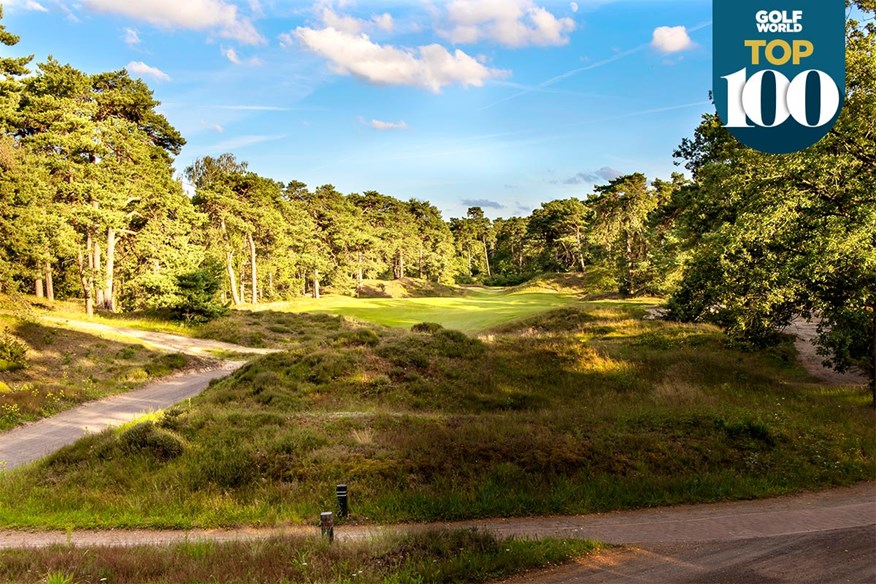Why Utrecht De Pan is such a special golf course
Last updated:
Utrecht De Pan is comfortably the second best course in continental Europe in the new Golf World Top 100. Rankings editor Chris Bertram encapsulates the excellence and ambiance of this enchanting Dutch heathland.
“All players whose interest in the game extends beyond an unending and unequal contest with ‘par’ have at one time or another conjured a vision of their ideal inland course. A course that shall incorporate all the fine features of a links but with the light and shade, the aromatic scents, and vistas and backgrounds of red-boled, green-headed pines. A course where fairways are spacious, where an erring short will not be lost… De Pan had every one of these rare qualities; indeed, as a dream course, it fills the bill.”
I hesitated to use those words by Guy Campbell because having read it, what follows now will indubitably seem disappointingly inferior in comparison.
But I included them because the words of the man who designed Royal Cinque Ports and West Sussex, sum up De Pan so beautifully and accurately. It has what all my favourite courses possess in abundance; charm, atmosphere and class. It has just the right amount of forgiveness and just the right amount of quirk, hence why it rates so highly in our Golf World Top 100 Courses in Continental Europe.
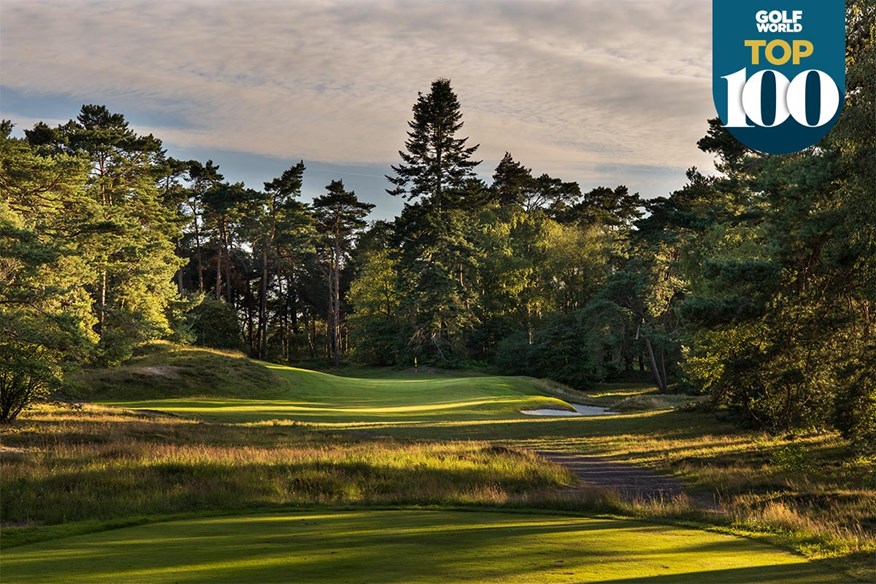
It’s far from a short course where visitors can expect to comfortably play to their handicap, but it’s anything but a slog. De Pan is all about inspiration not perspiration.
Harry Colt was less eccentric than Tom Simpson – who has the best (Morfontaine) and third best (Fontainebleau) golf courses in our continental Europe list – but he knew how to make a landscape come alive, to test and tease the golfer with effortlessly entertaining holes.
RELATED: Is Morfontaine better than England’s star heathlands?
There are many examples of Colt’s brilliance in Britain and Ireland, some of which are possibly better than De Pan, but as you walk around the side of its characterful, alluring clubhouse and survey the 1st and 18th holes, you’d rather be precisely nowhere else. Even a member at the most revered of the Surrey or Berkshire heathlands, which headline our Top 100 Courses in England ranking, would feel a tingle of excitement at the scene before their delighted eyes.
The names of De Pan’s opening two holes give an accurate, enticing description of what you can expect here: the 1st is called ‘Zandverstuiving’, which translates to English as sand drift; and the 2nd is named ‘Pijpestrootje’ – which is purple moor grass, or, to us, heather. Later, the 13th is ‘Grove Den’, or Scots Pine in English.
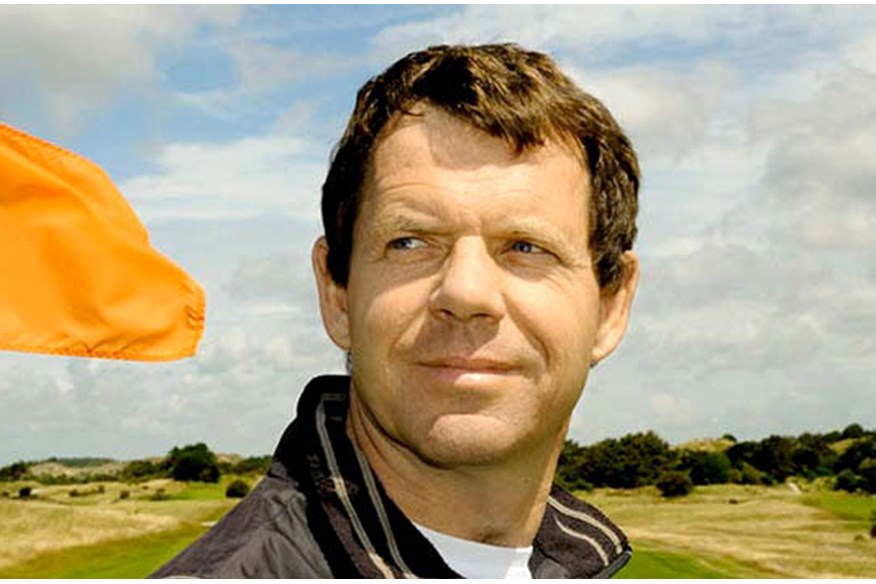
Sand, heather and pines – Colt will not have needed much encouragement to start work on this site in 1928. He began with nine holes and routed them so masterfully over terrain that is unusually hilly for the Netherlands due to Ice Age residues that left a sandy ridge on which a second nine was soon added. It remains largely as he left it, although Frank Pont, the revered renovator of Colt work and a member at De Pan, is quietly restoring it here and there.
Quiet is a felicitous word, because the De Pan experience is a gloriously tranquil one; only the rustle of deer, foxes and rabbits disturbing the leaf and pine-needle floor are heard as you play here.
My favourite holes would be the 6th and especially the 10th, a predictable choice. The former has a blind drive and a blind approach and even if you don’t especially like blind shots I’m certain you can’t dislike it. There are actually four holes at De Pan with a blind shot of some sort.
The 10th is a sporty two-shotter of barely 370 yards – yet even off the elevated backs you’ll take a long iron or fairway wood because of the bottleneck that appears down the undulating fairway that runs between pine and heather-strewn hills which create a glorious heathland scene. The bottleneck means you may well not have a view of the flag for your mid-iron approach. I find it impossible to believe anyone would not be entertained by this hole.
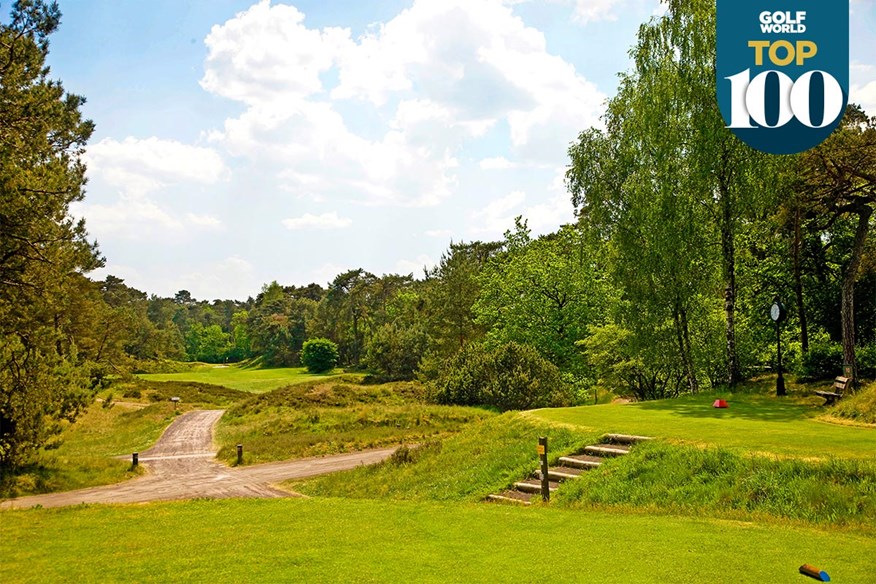
Some may not love 5, 7 and 11 – especially the par-5 former, as it’s not the original routing and has been further altered by tree growth – but they are a minor lowering of quality. I simply could not agree more with Guy Campbell… he simply expressed his affection for this heathland utopia more eloquently than I.
-
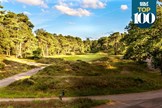 Utrecht de Pan is one of the best golf courses in Europe.
Utrecht de Pan is one of the best golf courses in Europe.
-
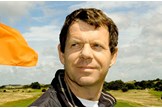 Revered golf course architect Frank Pont is a member at Utrecht de Pan and is restoring it.
Revered golf course architect Frank Pont is a member at Utrecht de Pan and is restoring it.
-
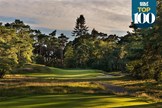 Utrecht de Pan is one of the best golf courses in Europe.
Utrecht de Pan is one of the best golf courses in Europe.
-
 Views of the 17th, 18th and 16th holes at Utrecht de Pan Golf Club.
Views of the 17th, 18th and 16th holes at Utrecht de Pan Golf Club.
-
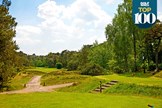 The 10th hole at Utrecht de Pan.
The 10th hole at Utrecht de Pan.
-
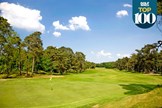 The 9th hole at Utrecht de Pan Golf Club.
The 9th hole at Utrecht de Pan Golf Club.
